Email Marketing is an effective tool to encourage your audience to engage with content and to nurture leads in your database. The Radicati Gathering predicts that there will be 3 billion email users worldwide by 2020 which is half of the total population. Email marketing is not dead, however, it is getting harder for it to do well. We have assembled a set of rules for sustainable growth of email promoting.
Read the article to learn about the strategies to be implemented in 2018 and years ahead.
Send Emails to Readers That Want to Hear From You: If you have email lists with low rates of engagement, quit sending to them. Each time you send to a list with low open and engagement rates, it harms your domain reputation and your chances of associating with other potential customers. When readers get huge amounts of emails from brands they do not connect with, always erasing them or checking them as "read" is most likely tiresome. Empathize with your subscribers and treat their inbox the way you would need your inbox treated.
Identify the Source if People Mark You as Spam: In case you are being marked as spam, your domain reputation is in danger, and you could progress toward becoming blacklisted by email providers. Regardless of whether the spam objections are caused by another source, bad forms, or you missing expectations of your list, slow or totally quit sending emails until the point when you figure it out. If you are not getting unsubscribe or spam complaints, that does not really mean you are free, the messages could be going straight to recipients' junk folders.
Have a Goal for Each Email: If you do not have an objective in mind for the emails you are sending, the recipients won't understand what the objective is, either. When you characterize an objective for your email, you can characterize achievement and manufacture a list to make that happen. Goals for your messages could include a contact filling out a longer form for a gated content offer to provide your team with more information about their organization, or redeeming a promo code for a purchase on your website.
Personalize and Test Your Emails: In 2014, it was discovered that emails with the recipients' first names in the titles had click-through rates than emails that did not. Customize as indicated by the recipient name and company name with regards to customizing your emails. Nothing is less personal than getting a "Dear First Name" email, so test each email to ensure you are sending to recipient names.
Send From a Personalized Account: Personalization works for your end, as well. Try not to send messages from a "no reply" email account. Boost your engagement by customizing the "from" email address to drive answers from subscribers of a real person rather than "noreply@company.com"
Each audience and contacts database are unique, so ensure you are trying the execution of new strategies and fitting them as indicated by how your subscribers engage.
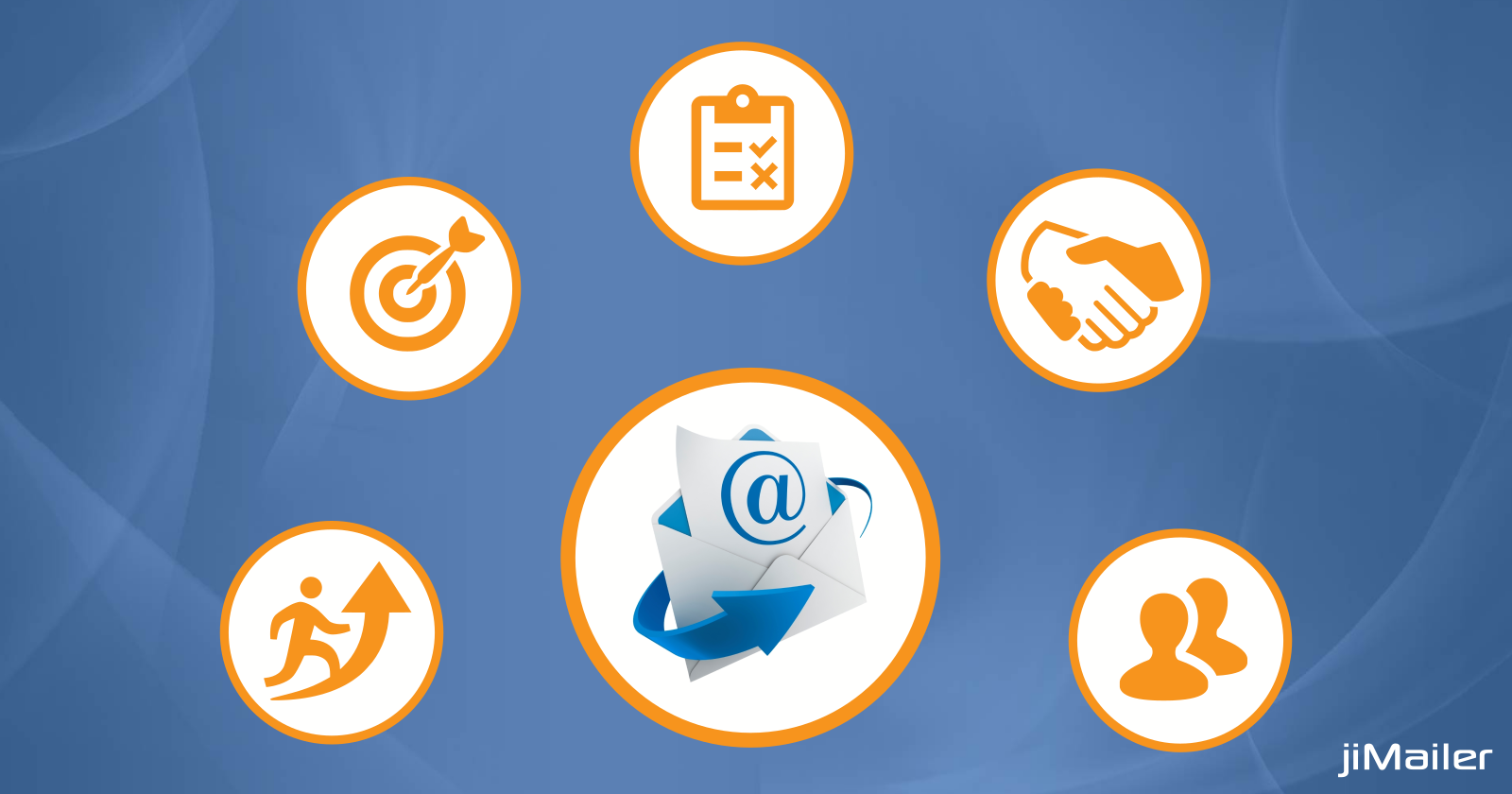
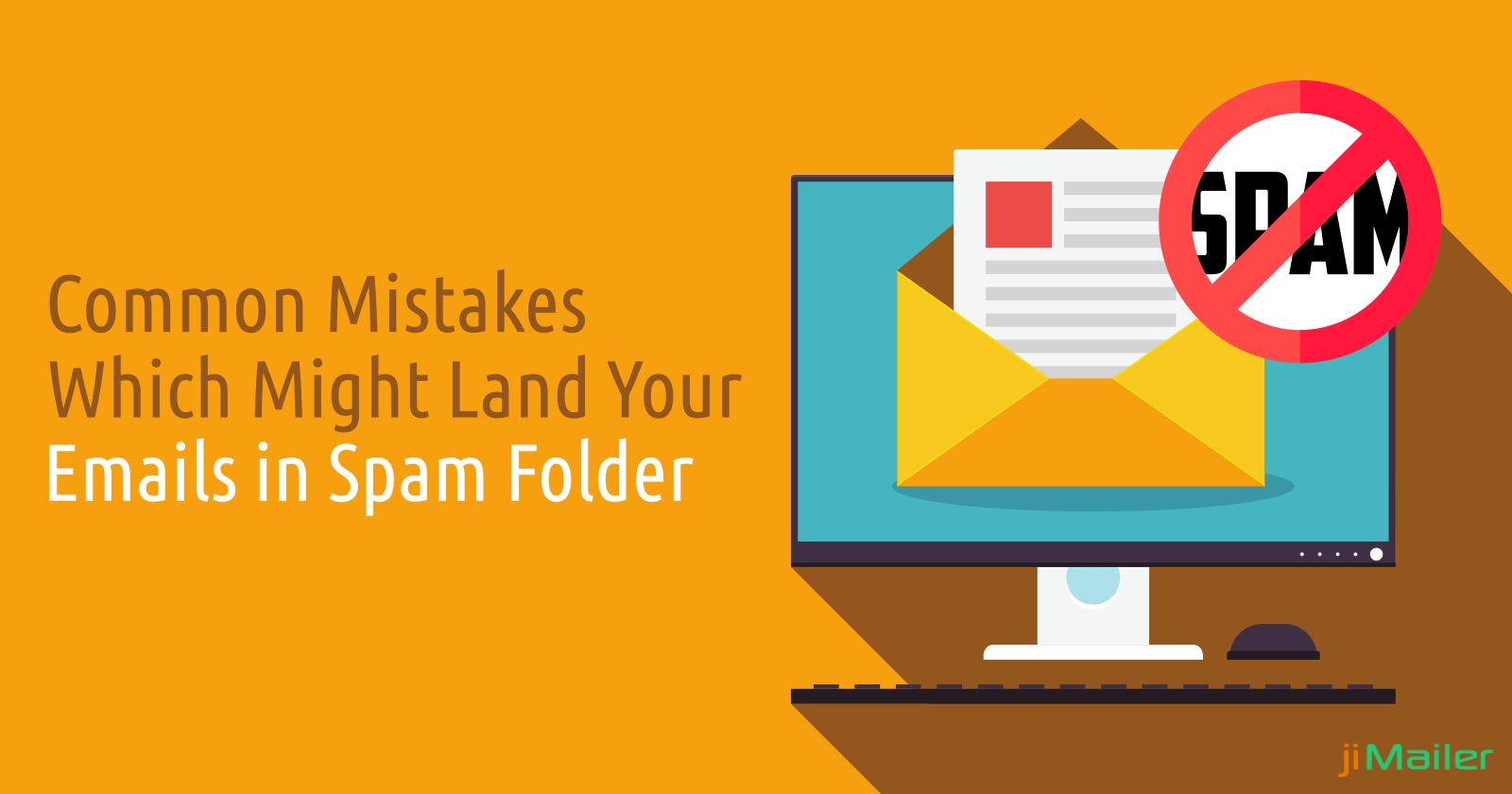
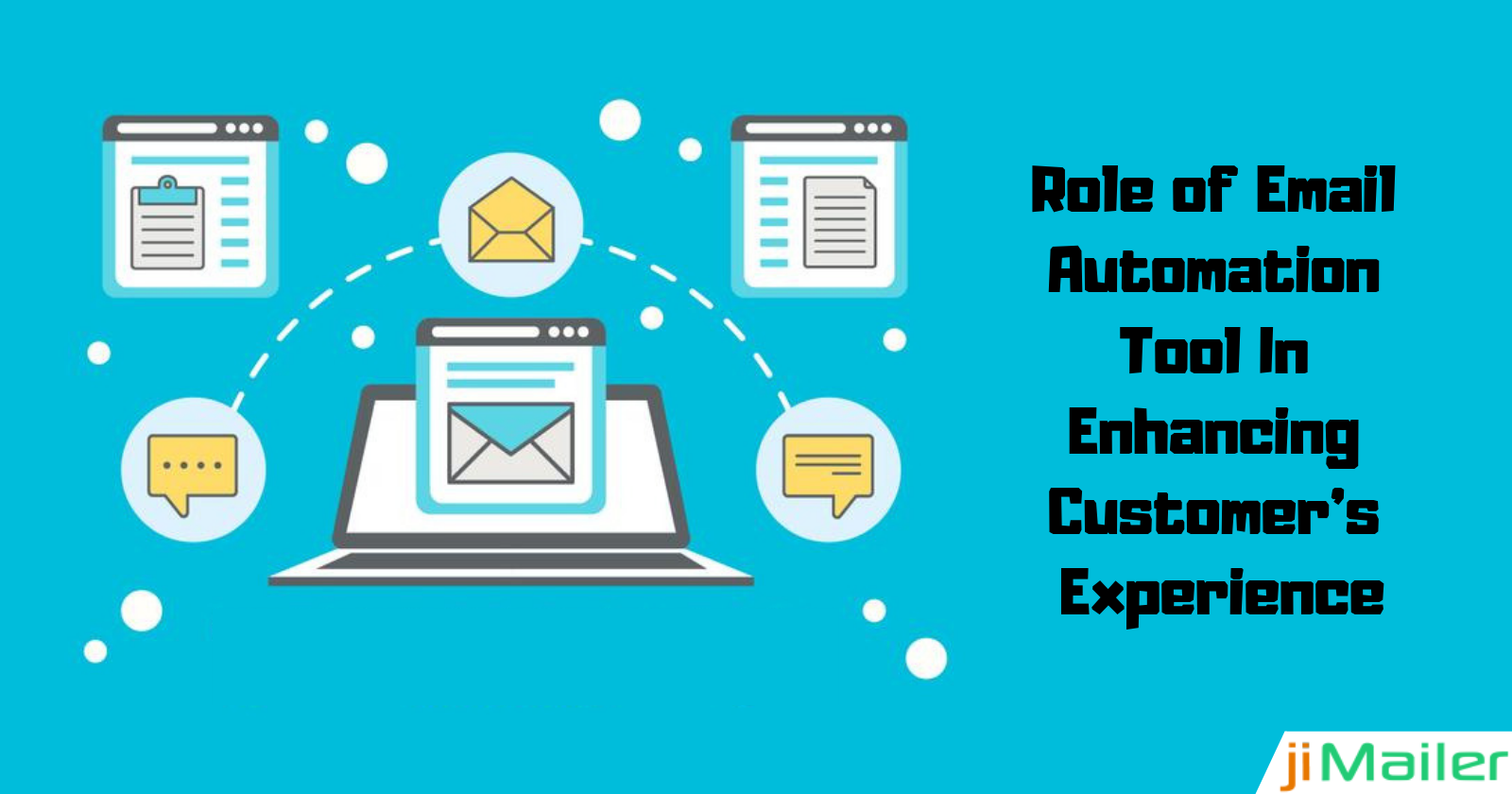
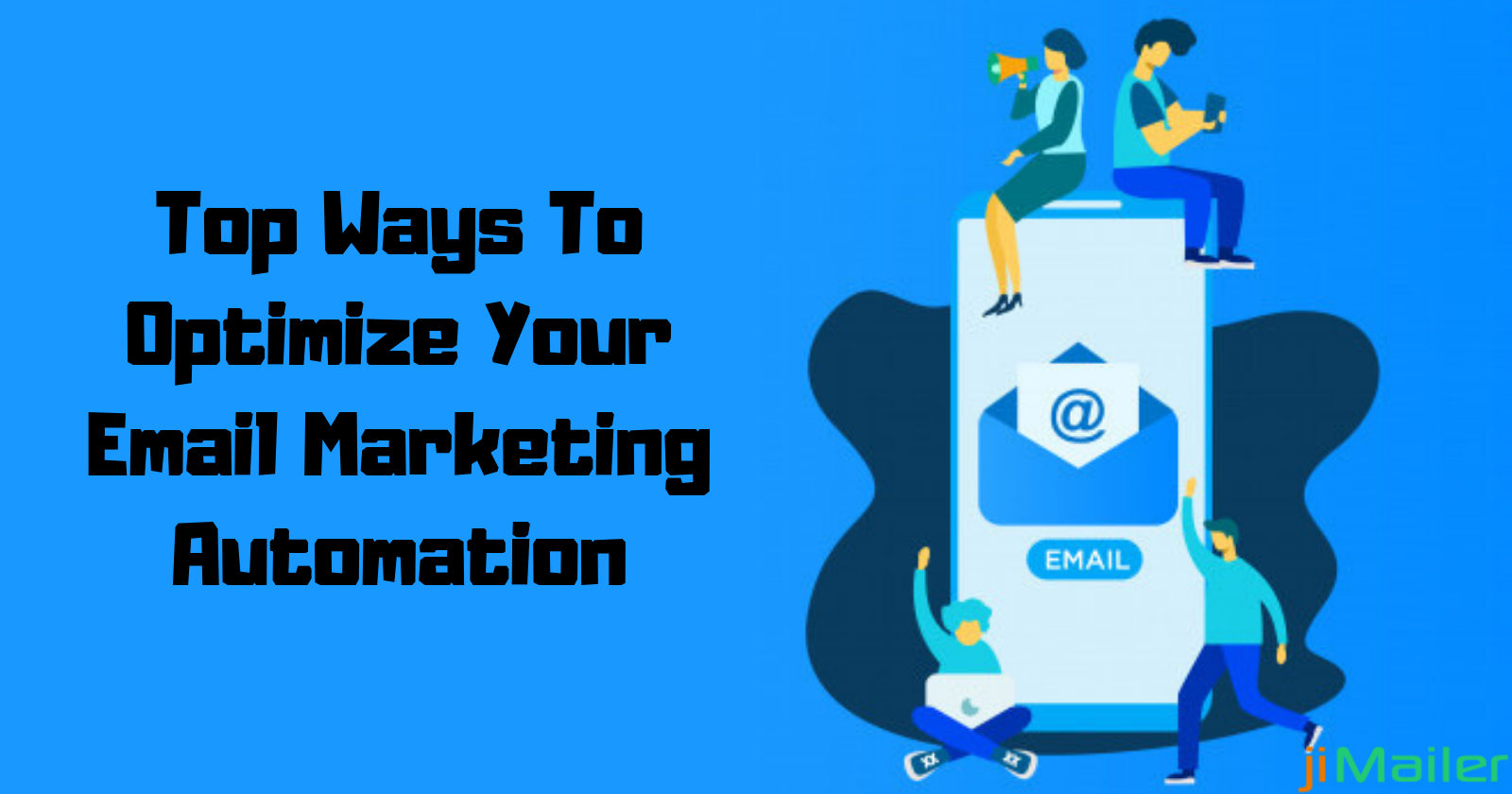
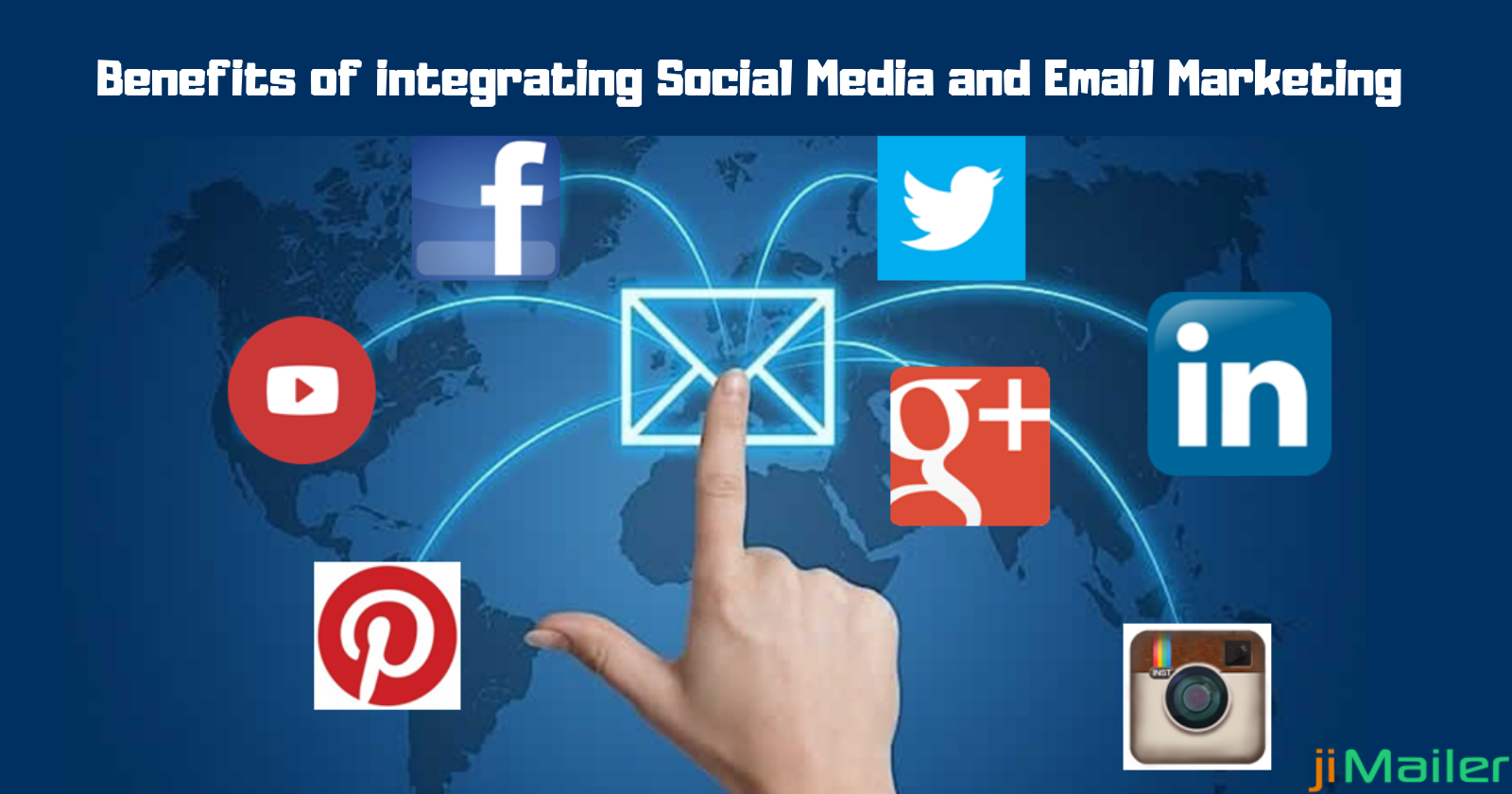

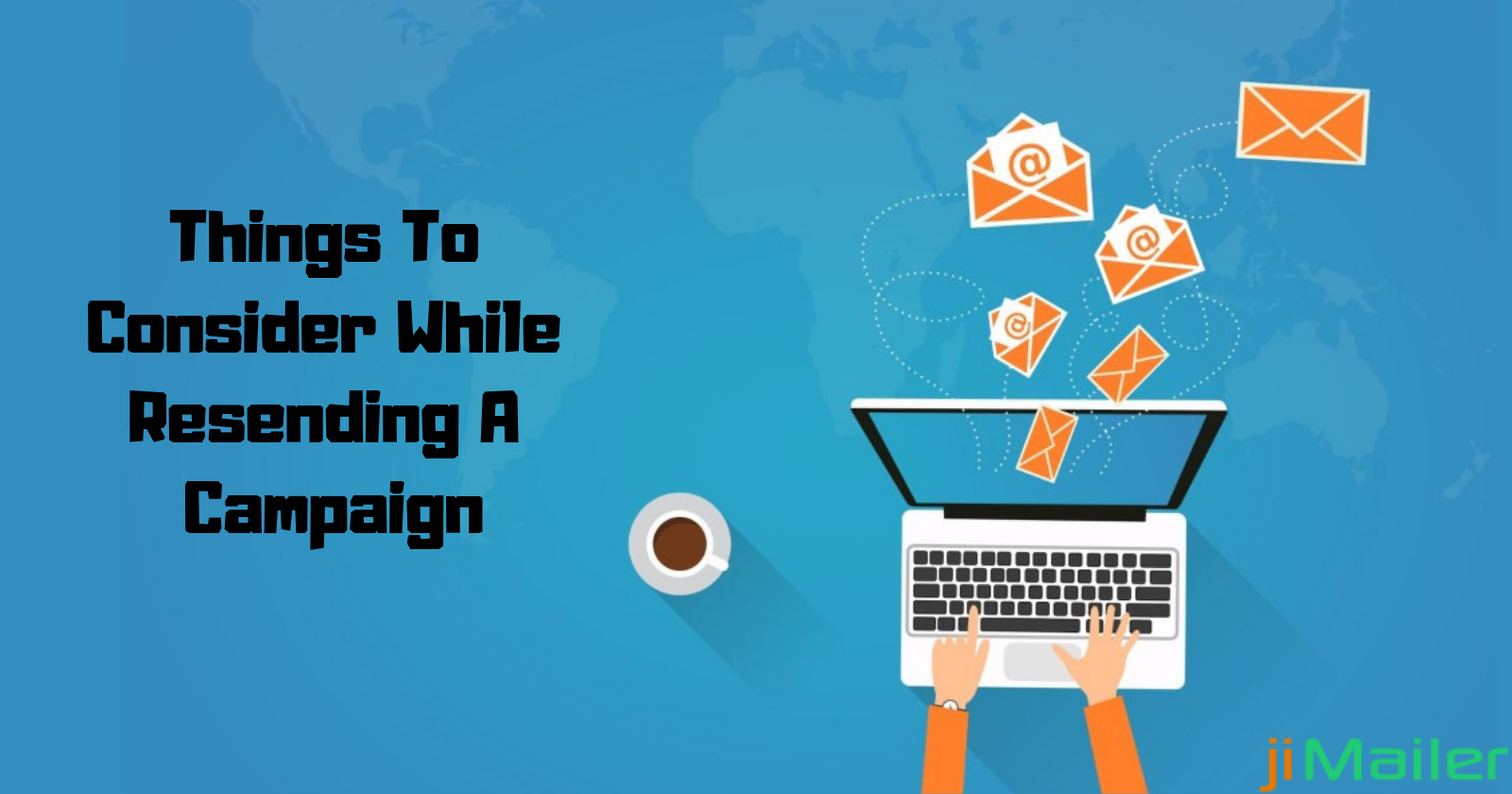
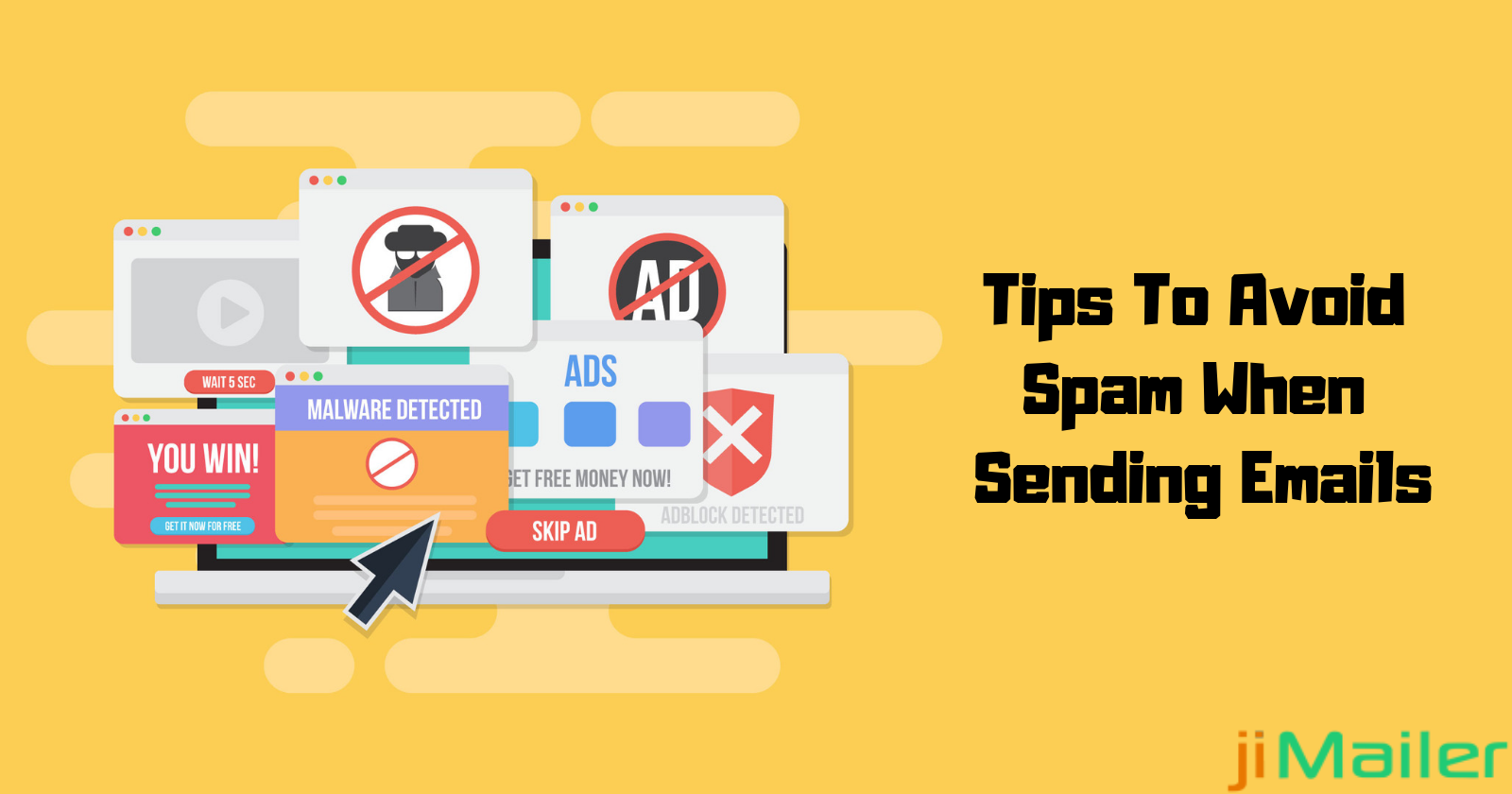

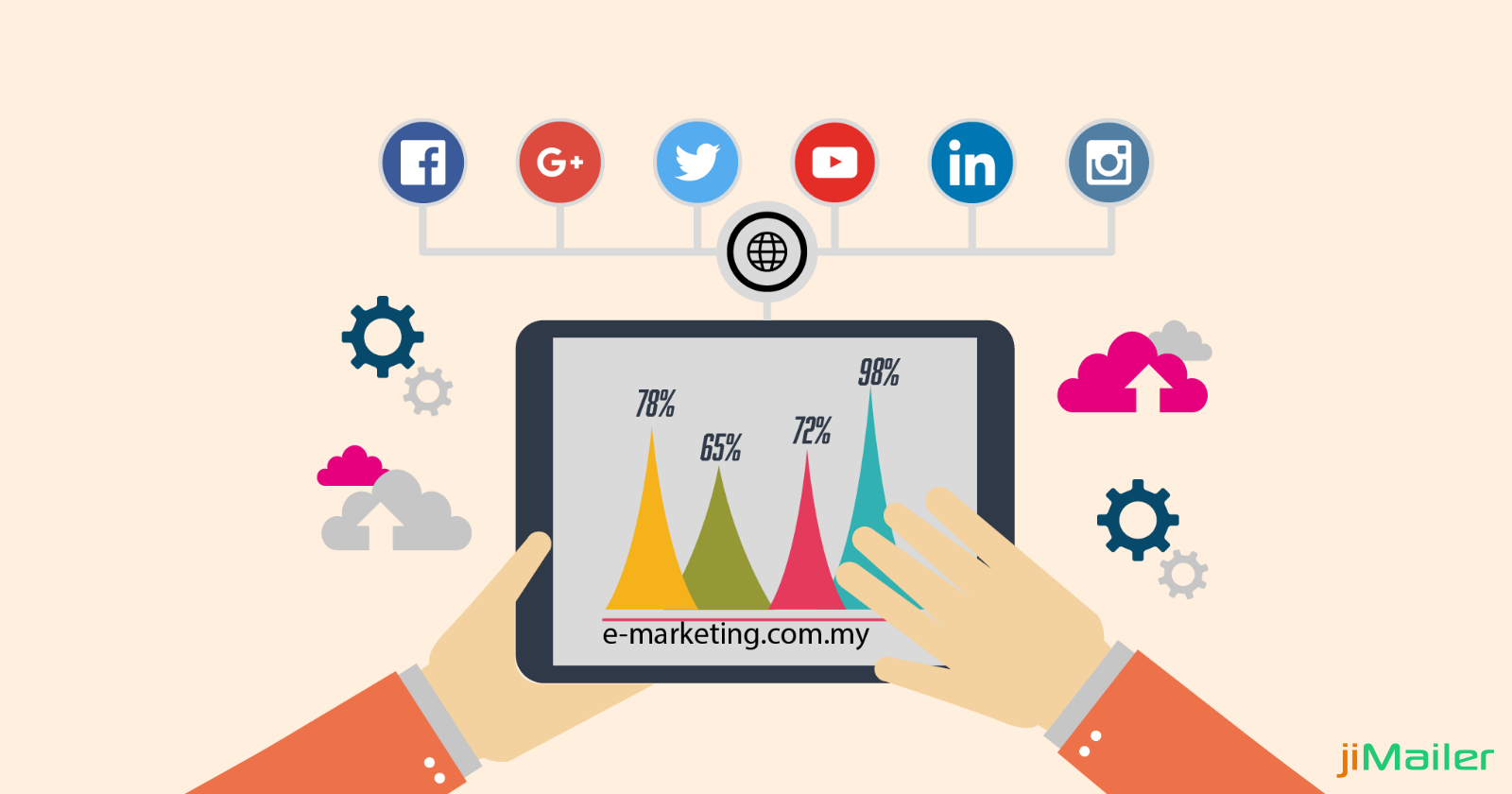

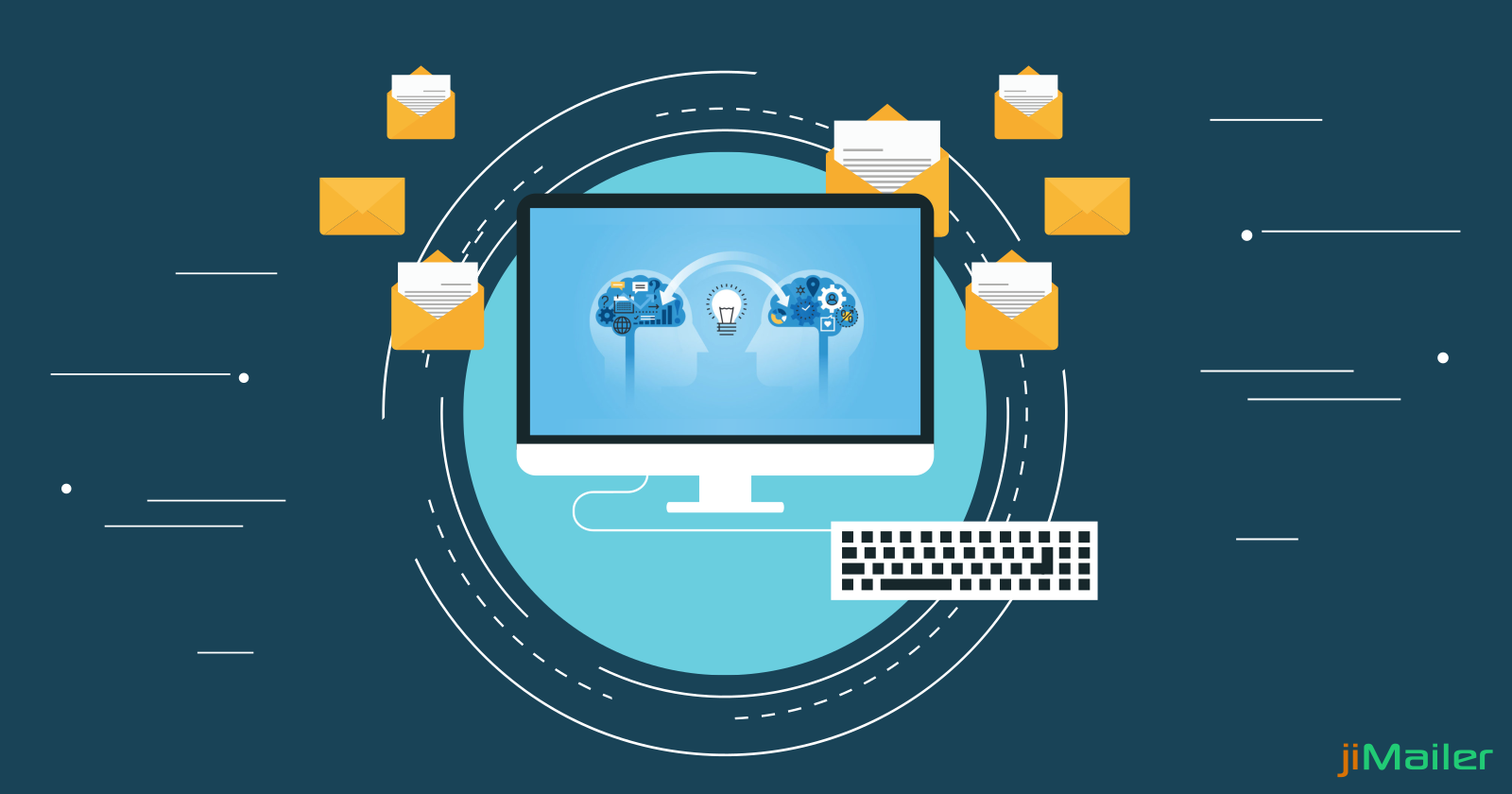
Share this post on: